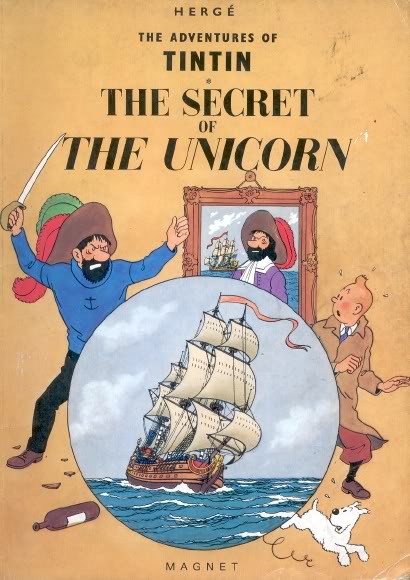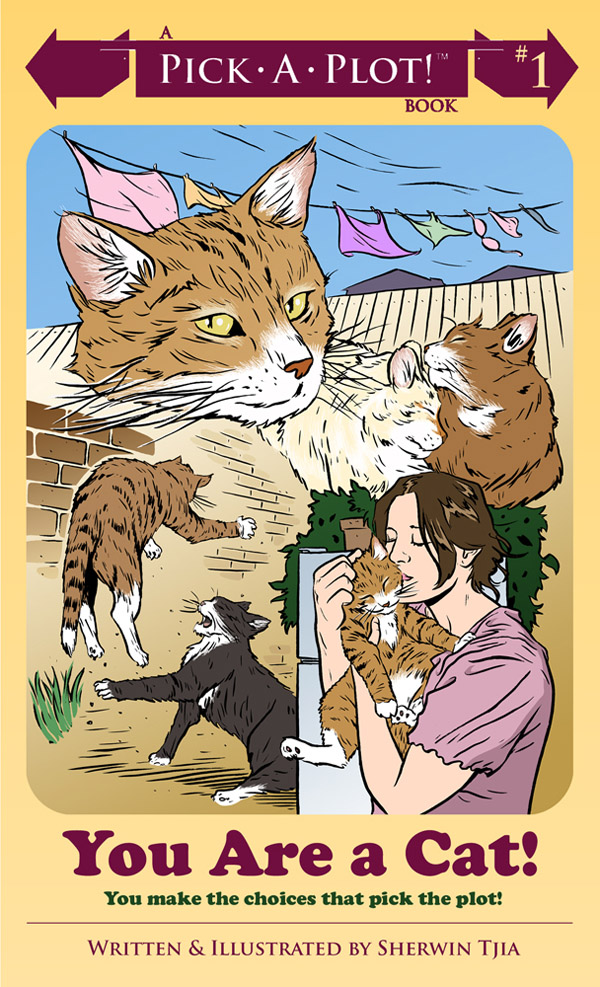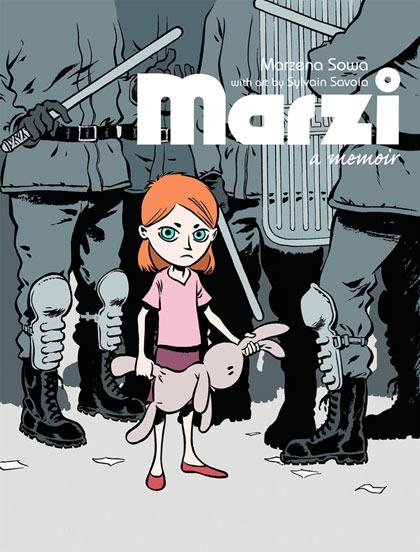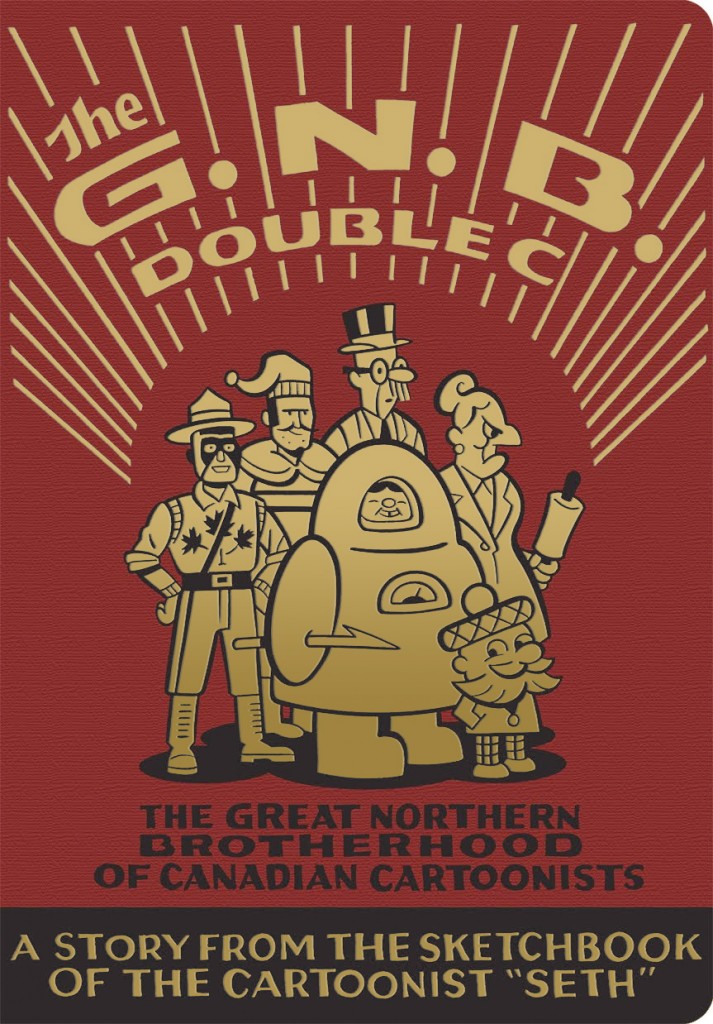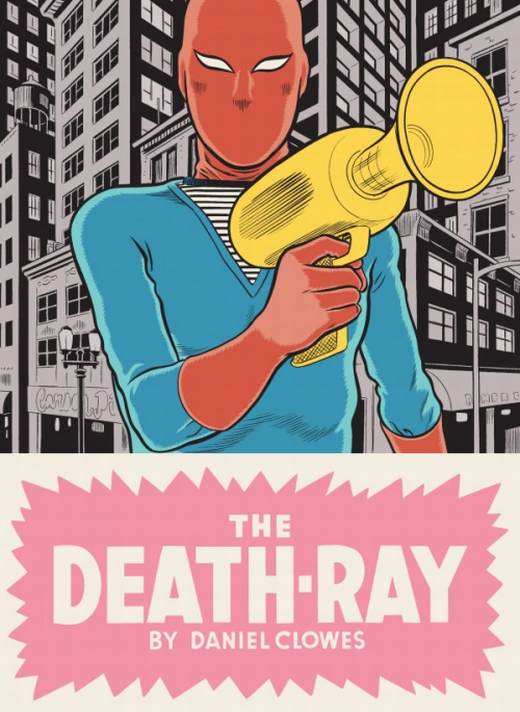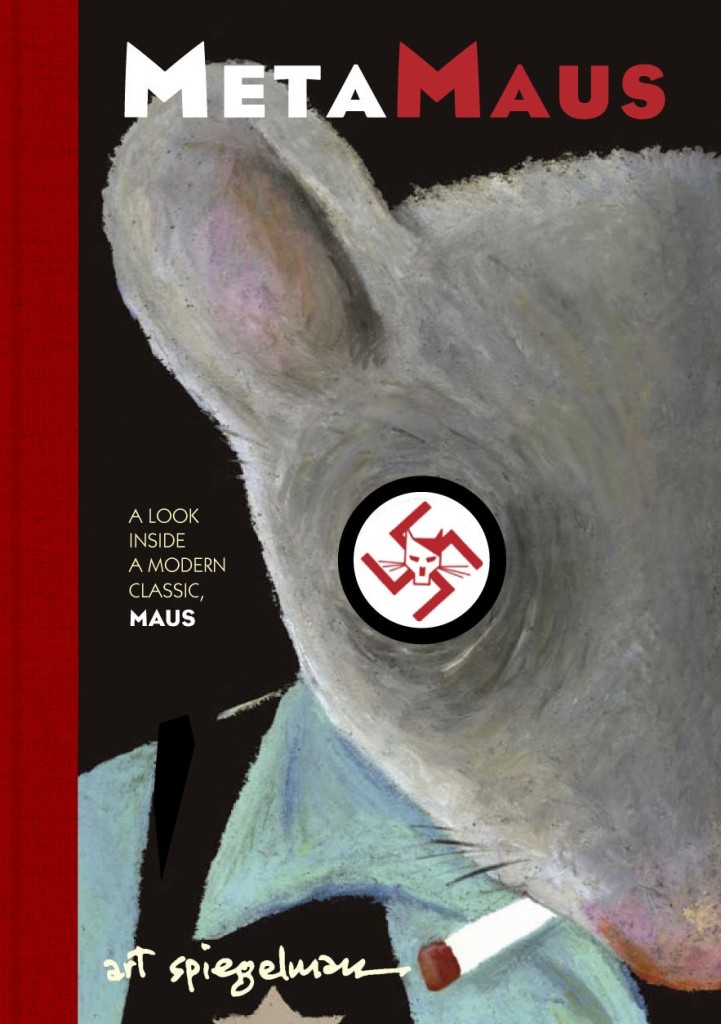Top 10 graphic novels of 2011
December 18, 2011 | Graphic novels
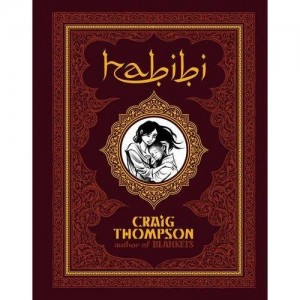
Habibi
By Craig Thompson
Pantheon, 672 pages
It was a long wait from 2004’s breakthrough hit Blankets until Habibi arrived this fall and cartoonist Craig Thompson’s sweeping love story was well worth the wait. Filled with lavish art and set against the backdrop of poverty and slavery in a fictional Arabian land, Habibi is quite simply a masterpiece.
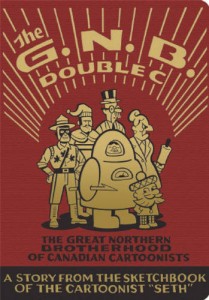
The Great Northern Brotherhood of Canadian Cartoonists
By Seth
Drawn & Quarterly, 136 pages
One of Canada’s most renowned cartoonists paints a lovingly detailed portrait of a world where he and his brethren are revered as the highest of artists. At times sweet and heartfelt, other times melancholy and moody, but always engrossing and thoroughly enjoyable.
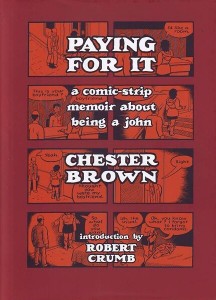
Paying For It: A Comic-strip Memoir About Being a John
By Chester Brown
Drawn and Quarterly, 272 pages
The idea of trading cash for sex is still a shocking subject in any medium and leave it to Toronto cartooning icon Chester Brown to take the notion to the next level in graphic form. Brown’s astonishingly frank account of using the services of prostitutes in Toronto is a thoroughly engrossing look at a world most people would otherwise never know existed.
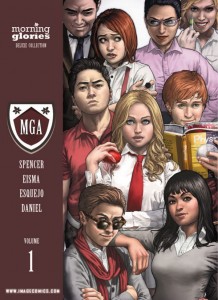
Morning Glories Deluxe Collection Vol. 1
By Nick Spencer and Joe Eisma
Image Comics, 352 pages
High school life if rough on most kids, but at Morning Glory Academy it can be murder. This red-hot new monthly comic series (the first year of which is now collected in one handy volume) is filled with intrigue and action as six new students at an exclusive prep school try to figure out why they’ve been brought together, what makes them so special and why so many students at their school don’t live to see graduation day.
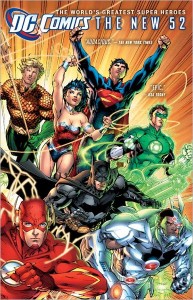
DC Comics: The New 52
By Geoff Johns, Grant Morrison, many more
DC Comics, 1,216 pages
The publisher of Superman, Batman, Wonder Woman and countless other famous superhero comics, relaunches its entire universe with 52 new first issues in the hands-down comic book event of the year. This mammoth volume leaves no doubt that this is the start of something special.
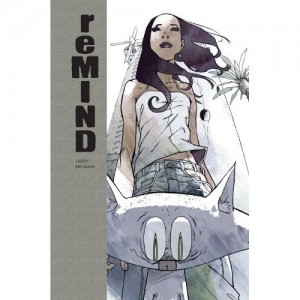
reMIND Vol. 1
By Jason Brubaker
Coffee Table Comics, 150 pages
This off-beat and wonderfully original tale sees a young woman named Sonja reunited with her cat, Victuals, weeks after he went missing. Funny thing is, not only is he back, but now he can talk. And what an unbelievable story he has to tell.
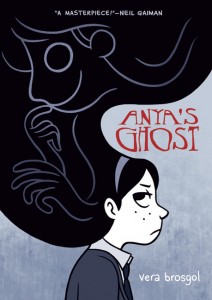
Anya’s Ghost
Vera Brosgol
First Second, 224 pages
The debut effort by this American graduate of Oakville’s Sheridan College is an extremely impressive one that sees a young girl make a very unusual friend, a ghost named Emily, who leads her down a delightfully dark path. While this spirit seems friendly, she has a secret that’ll send chills up your spine.
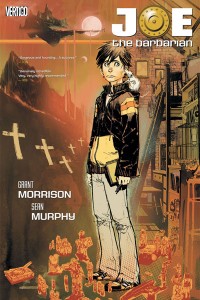
Joe The Barbarian: The Deluxe Edition
By Grant Morrison and Sean Murphy
Vertigo, 224 pages
Mind-bending writer Grant Morrison is at his very best in this reality-twisting epic. Joe Manson is a regular 13-year-old kid with a vivid imagination who has trouble with school bullies and has diabetes. Joe is also a brave warrior who may be saviour to a mysterious kingdom and their only hope to defeat the monstrous King Death. Is Joe losing his mind? Is he in insulin shock? Could he really be both people?
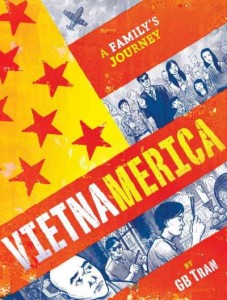
Vietnamerica: A Family’s Journey
By GB Tran
Villard, 288 pages
GB Tran travels to Vietnam for the funeral of two grandparents and explores the lives of his family through the tumultuous 20th century for their country through the unique prism of being the only member of his clan to be born in America.
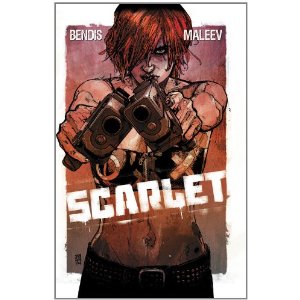
Scarlet: Book 1
Brian Michael Bendis and Alex Maleev
Marvel Comics, 184 pages
One young woman takes an uncompromising stand against corruption and injustice, and fires the first shot (or shots) in a new American revolution in perhaps the most poignant book of 2011: the year of the protest.
(This article first appeared in the Toronto Star)
